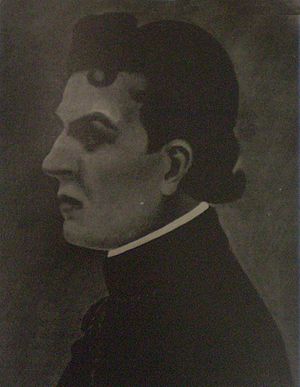Pedro Miguel Aráoz facts for kids
Pedro Miguel Aráoz (born June 20, 1759 – died June 18, 1832) was an important figure in Argentina's history. He was both a priest and a statesman, meaning he was involved in government and politics. He is famous for being a representative at the 1816 Congress of Tucumán. This was a very important meeting where Argentina officially declared its independence from Spain.
Early Life and Education
Pedro Miguel Aráoz was born in Tucumán. His parents were Pedro Antonio Aráoz and Francisca Nuñez de Herrera. He began his studies in Tucumán. Later, he moved to Buenos Aires to study theology (the study of religious faith) at the Real Colegio de San Carlos.
In 1782, he earned his doctorate degree from the University of Córdoba. After his studies, he became a priest in Tucumán. He then became the rector (the main priest or head) of Tucumán Cathedral. He served in this important role for the rest of his life.
Working for Independence
Pedro Miguel Aráoz played a role in Argentina's fight for independence. He helped Manuel Belgrano, a famous general who led the Army of the North.
Aráoz was chosen to represent Tucumán at the Congress of Tucumán. This Congress was held in 1816, and it was where Argentina's independence was declared. He was a key part of this historic event.
Later Political Life
After the Congress moved to Buenos Aires, Pedro Miguel Aráoz decided to resign from his position. He returned to his hometown of Tucumán. There, he continued to be involved in local politics. He worked closely with his relative, Bernabé Aráoz.
In 1820, he helped create the Republic of Tucumán. This was a short-lived independent state within Argentina. Pedro Miguel Aráoz served as a legislator in its provincial assembly. He also wrote the constitution for the Republic of Tucumán. He was even the editor of its very first provincial newspaper.
After Bernabé Aráoz passed away and the Republic of Tucumán ended, Pedro Miguel Aráoz decided to retire from politics.
See also
 In Spanish: Pedro Miguel Aráoz para niños
In Spanish: Pedro Miguel Aráoz para niños


